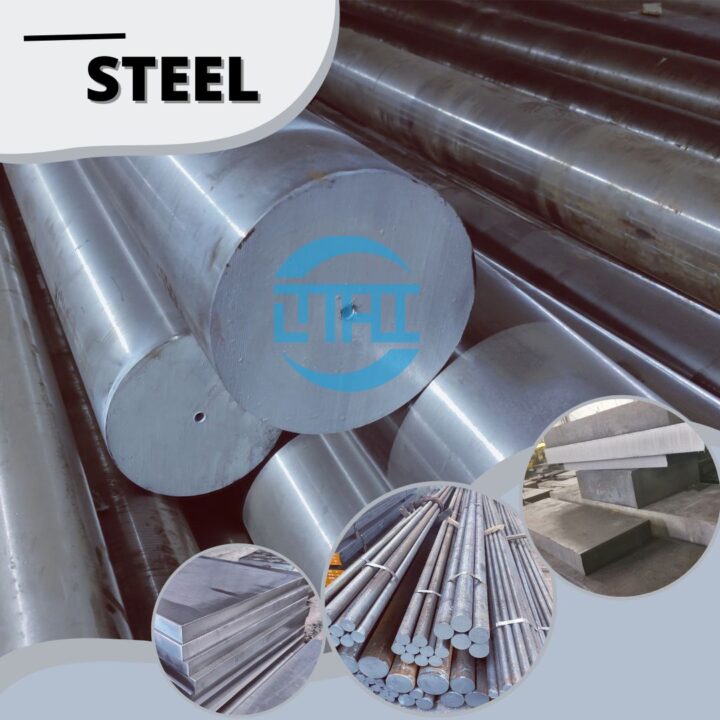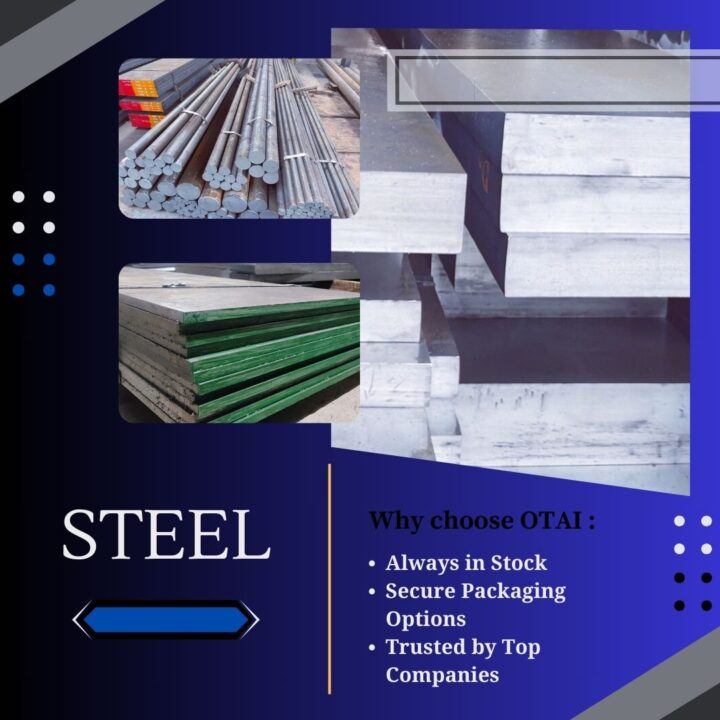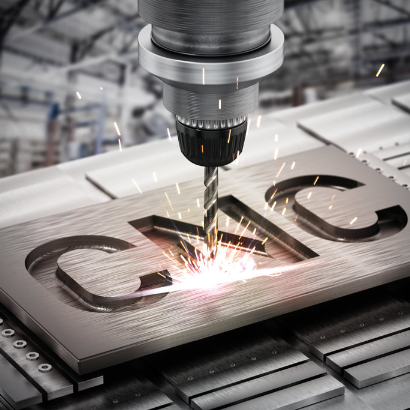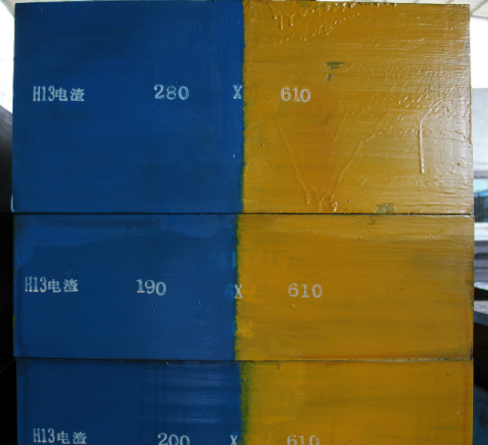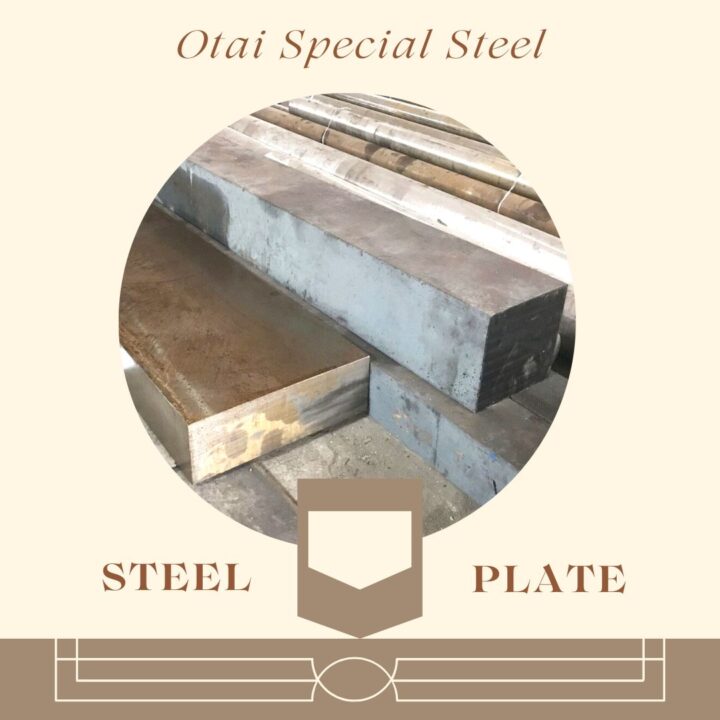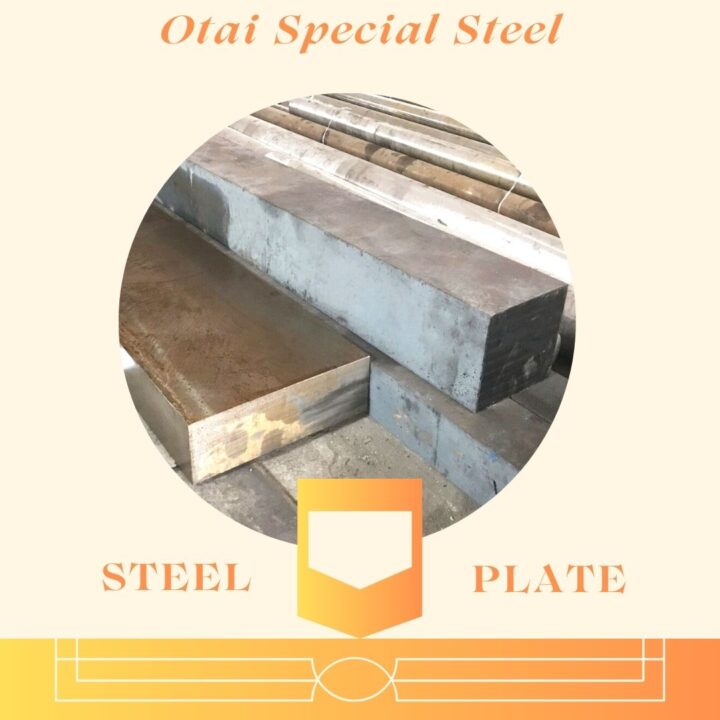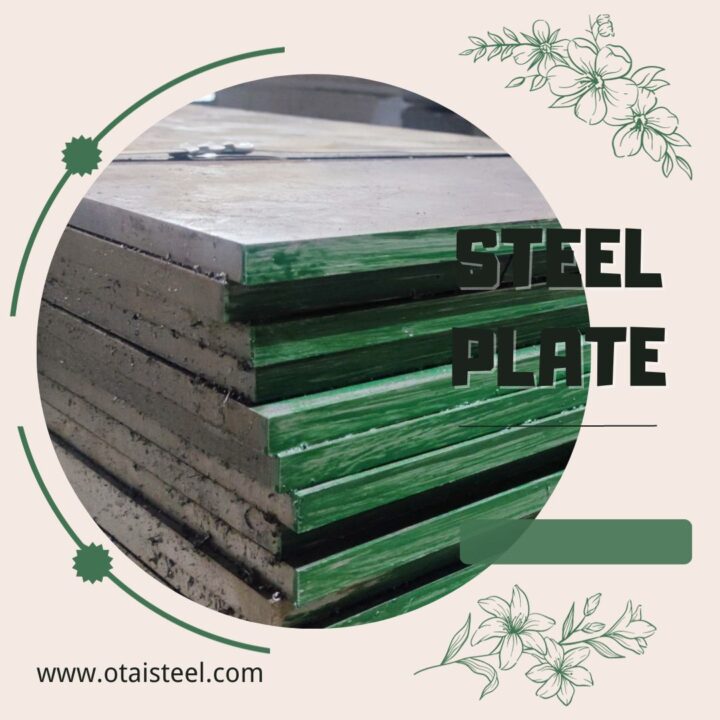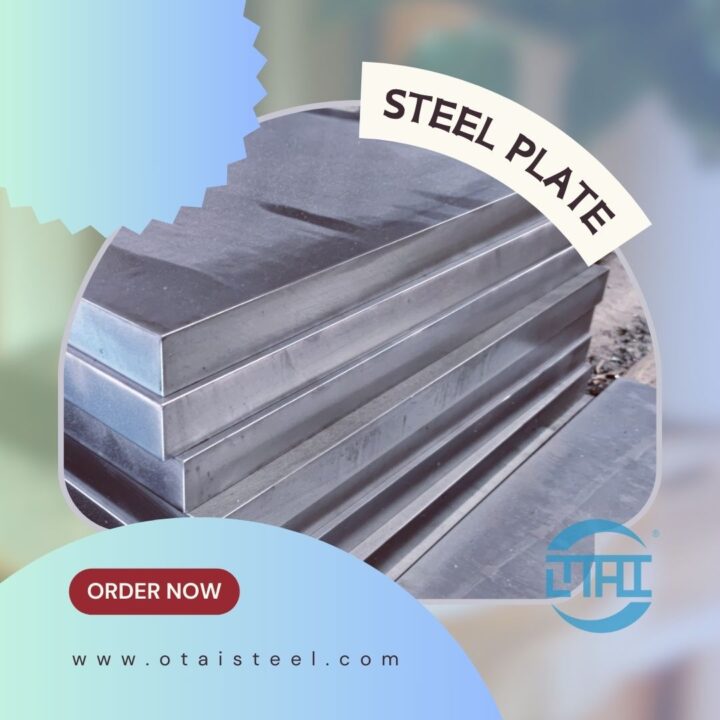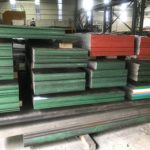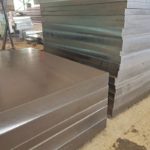Effect of alloying elements on tempering transformation
Alloying elements of steel can slow down the decomposition and transformation speed of the quenched steel during tempering, increase the tempering resistance and improve the tempering stability, so that the hardness of the steel decreases with the increase of tempering temperature; under the action of some carbide forming elements, even secondary hardening occurs during tempering.
Carbide forming elements, especially strong carbide forming elements, can delay the process of martensite decomposition because they slow down the diffusion of carbon. The non carbide forming element Si increases the decomposition temperature of martensite because it can inhibit the growth of ε – carbide and delay the transformation of ε – carbide to Fe3C. The non carbide forming element Ni and the weak carbide forming element Mn have little effect on the decomposition of martensite.
Alloying elements can generally increase the transformation temperature range of retained austenite. In high alloy steel with high content of carbide forming elements, the retained austenite is very stable after quenching, and it does not decompose even when heated to 500-600 ℃. Instead, it transforms into martensite during cooling, making the hardness of steel increase on the contrary. This phenomenon is called “secondary hardening”.
With the increase of tempering temperature, the alloying elements will redistribute between α solid solution and carbide. The carbide forming elements will move from α solid solution to carbide until equilibrium. Therefore, with the increase of tempering temperature, the composition of carbides changes continuously, and the type of carbides also changes accordingly. The general trend is that the carbide is more stable from the unstable one. For example, chromium steel evolves from ε carbide to (Cr, Fe) 23c6 carbide during tempering.
In high alloy steel, the special carbides of these elements will be precipitated and precipitated when Ti, V, Mo, W are tempered in the temperature range of 500-600 ℃. Therefore, the hardness does not decrease but increases again, which is the so-called “precipitation type” secondary hardening phenomenon.
The higher the tempering temperature, the stronger the aggregation of special carbides. At this time, the hardness of the steel began to decline again. The strong carbide forming elements W, Mo, V and Ti have a large affinity with carbon, which can slow down the diffusion of carbon, even if the carbide is difficult to dissolve, it also makes the carbide difficult to gather. Generally speaking, at the same tempering temperature, the carbide dispersion of the alloy steel containing carbide forming elements is larger than that of the alloy steel containing non carbide forming elements at the same tempering temperature.
Alloying elements can keep the martensite morphology of α – solid solution to a higher tempering temperature, increase the recrystallization temperature of α – solid solution, and make the steel have higher tempering stability. Among them, Mo and W are the most significant.
The disadvantage of alloying elements on mechanical properties of quenched steel after tempering is tempering brittleness. Tempering brittleness usually occurs in the temperature range of 250-400 ℃ and 550-650 ℃, which significantly reduces the toughness of steel. The former is called low-temperature temper brittleness or the first temper brittleness, and the latter is called high-temperature temper brittleness or the second temper brittleness.
Some alloy structural steels, such as those containing chromium and manganese, appear the first kind of temper brittleness after tempering in the temperature range of 250-400 ℃. This temper brittleness can not be eliminated after tempering, so it is also called irreversible temper brittleness. There is no definite conclusion about the cause of the first temper brittleness. Recent tests show that carbide flakes precipitate along the boundary of lath martensite during tempering at 250-400 ℃ for medium and low carbon steels, which may be an important reason for low temperature tempering embrittlement; impurity elements such as sulfur, phosphorus, arsenic, antimony, tin, etc., as well as hydrogen and nitrogen promote the development of the first tempering embrittlement; the appearance of 360 ℃ tempering embrittlement of silicon manganese steel is related to the segregation of phosphorus along the original austenite grain boundary.
In order to avoid the first kind of temper brittleness, it is generally not tempered within the range of embrittlement temperature; sometimes it is necessary to temper at embrittlement temperature in order to ensure the required mechanical properties, isothermal quenching method can be adopted. In addition, the steel with alloying elements (such as silicon) that can move the brittle zone to high temperature can be selected to ensure high strength and high toughness after tempering at lower temperature. Recent tests have shown that the addition of Mo (about 0.3%) to Si Mn steel can greatly reduce or even completely inhibit the temper embrittlement at 360 ℃.
It must be pointed out that high carbon steel and alloy tool steel are relatively brittle after low temperature tempering, but they can not show low temperature tempering brittleness under general impact test conditions, and only under torsion and impact torsion test conditions can they show low temperature temper brittleness obviously; moreover, the test shows that their bending strength reaches the maximum value in the tempering brittle zone. According to this, the low temperature tempering temperature of high carbon steel and alloy tool steel does not have to avoid the tempering brittle zone. For tools and dies bearing bending moment, tempering at low temperature in the temper brittle zone is not only harmless, but may be beneficial.
The second type of temper embrittlement occurs mainly in alloy structural steels (quenched and tempered steels containing chromium, nickel, manganese and silicon). The results show that the second temper brittleness is related to the segregation of Ni, Cr and impurity elements sb, P and Sn in the steel to the original austenite grain boundary. The greater the segregation degree is, the more serious the temper embrittlement is. For example, the second temper brittleness of manganese steel and chromium steel increases obviously with the increase of impurity element content. The second temper brittleness can be eliminated by reheating the steel with the second temper brittleness to 600 ℃ or above, so that the segregation elements are fully dissolved and then rapidly cooled. Therefore, the second temper brittleness is also known as reversible temper brittleness.
The key to prevent the second temper embrittlement is how to eliminate the segregation of impurity elements to the grain boundary. In order to prevent the secondary element from segregation, the second impurity should be eliminated by adding proper amount of alloying elements to the grain boundary.
